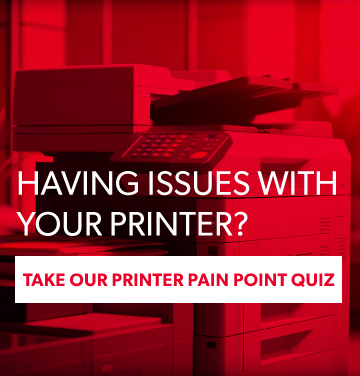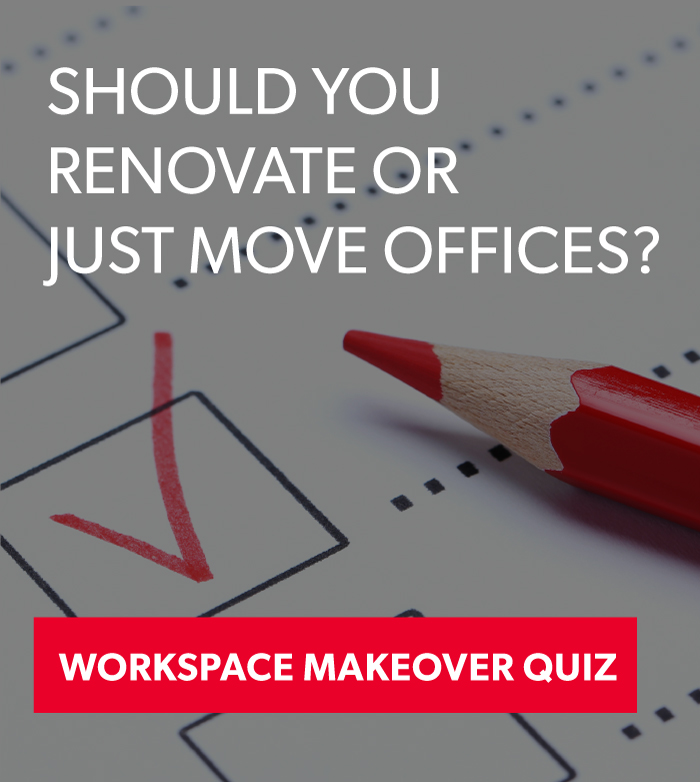A Q&A with Josh Bancic from Humanscale
After almost a decade in the ergonomics field, what gets Josh Bancic out of bed in the morning is making people feel better. “Employees spend countless hours at their desks,” he says. “Ensuring they have the tools and information to work in healthy postures can make a world of difference.” Today, as an associate ergonomist at office furniture designer and manufacturer, Humanscale, Josh divides his time between conducting ergonomics assessments, running ergonomics training courses and helping people design and implement their ergonomics programs. We asked Josh some burning questions we had about ergonomics, and here’s what he had to say on everything from tips to trends.
How would you describe ergonomics to an alien?
Josh: Ergonomics is the science of fitting the job or task to the worker to maximize productivity while reducing discomfort, fatigue and injury. In other words, adjusting the built environment to match the user’s individual stature and abilities.
What are some big myths about ergonomics?
Josh: One of the most common myths about ergonomics is that any product labeled “ergonomic” is good for you. The term is often used as a marketing tool, but many people are misled about the benefits of certain products. Another common misconception is that we need to constantly sit up “straight.” A dynamic sitting posture that allows movement is important, as is sitting in a slightly reclined position to reduce disc pressure in the lower back.
What are people’s reactions to ergonomics?
Josh: The most common feedback I receive is, “That’s common sense!” People are amazed at how small changes can have such a big impact on their wellbeing and comfort. Behavioural changes and habits are always the key, however they are also the most challenging changes to make.
Who can benefit the most from ergonomics?
Josh: While everyone can benefit from practicing good ergonomics, individuals who work in sedentary jobs are particularly vulnerable to the effects of a workplace that doesn’t match them well. Prolonged static postures can pose a significant risk for developing discomfort.
Tell us some warning signs that it’s time to talk to your boss.
Josh: Actually, in ergonomics, we always want to be as proactive as possible, so getting your workstation assessed before you feel discomfort is ideal.
If a company could only afford to do one thing to improve ergonomics, what would you recommend?
Josh: The simple fact is that standard desk height is too high for most people. Installation of a height adjustable, articulating keyboard tray allows almost everyone to adjust the keyboard and mouse to the correct height and angle. It further allows the individual to sit back in their chair and effectively utilize the backrest.
What is Humanscale’s most popular product? Why?
Josh: All of Humanscale’s products are extremely popular because of their purposeful design and ease of use. The Quickstand height adjustable workstation is a very hot item, right alongside our seating and M/Connect docking station.
What’s a quick tip for those of us who are tied to our desks most of the day?
Josh: If you don’t have a height adjustable desk that allows you to work in a standing posture at various points throughout the day, it is important to stand up once or twice an hour. Simple things like setting a reminder in your calendar on repeat so you have a visual reminder every 30-40 minutes is helpful. Using an alarm on your phone or a wearable technology device can also be helpful to act as a reminder to stand up and move.
Can you give us some ergonomics trends to be on the lookout for?
Josh: Many organizations are moving toward unassigned workstations, and benching or hotel desks. This makes it even more crucial to build adjustability into the workstation, allowing any employee to quickly make some adjustments and get into a good ergonomic working posture when they arrive at their desk.





